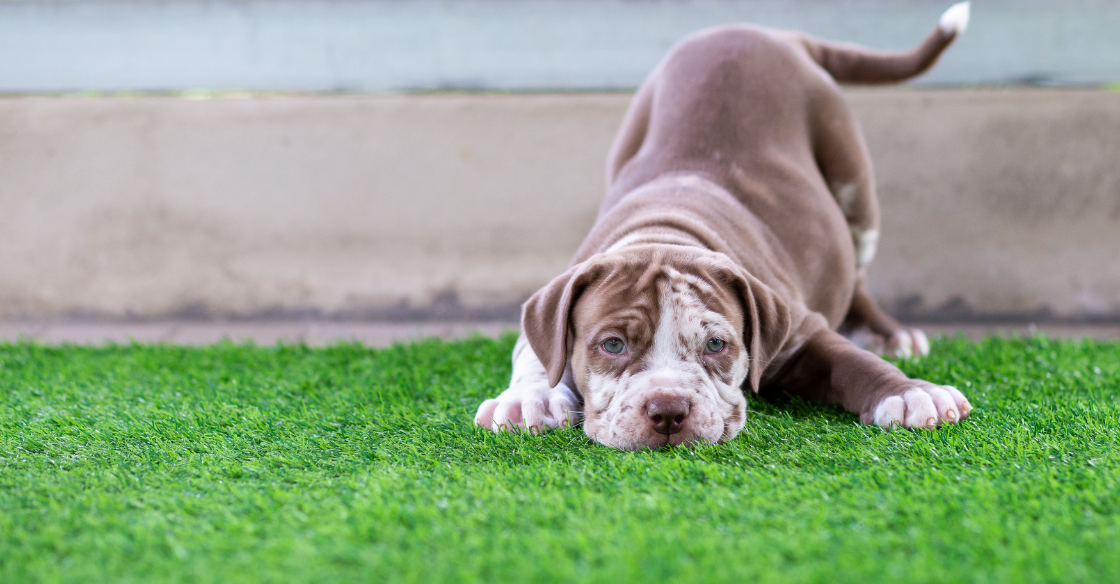Owning a pet can bring joy and companionship, but it can also lead to challenges when maintaining your yard. From digging to marking their territory, pets can wreak havoc on your lawn. Fortunately, there are ways to mitigate these issues and create a safe, pet-friendly landscape. Here are some common problems faced by pet owners and tips for maintaining a beautiful yard.

Common Yard Issues with Pets
Pets, whether dogs, cats, horses, or chickens, can cause significant wear and tear on your lawn. Here are a few typical problems:
- Pacing and Pathway Wear: Nervous animals often pace along fence lines, causing worn pathways and dead grass.
- Digging: Pets can dig holes quickly, disrupting the appearance and safety of your yard.
- Brown Spots: Urine can leave brown spots or stains on grass and plants, detracting from your lawn’s beauty.
Replace Lawn with Artificial Grass
One effective solution for maintaining a pet-friendly yard is to replace natural grass with artificial turf. Here’s why it works:
- Low Maintenance: Artificial grass requires minimal upkeep, saving you time and effort.
- Durability: It withstands the wear and tear caused by pets running and playing.
- No Brown Spots: Unlike natural grass, artificial turf doesn’t develop brown spots from pet urine. Additionally, you can install a deodorizer to mask any unpleasant odors.
Research Safe Plants
Many plants are toxic to pets, posing a risk if your animals tend to nibble on greenery. To create a safe environment:
- Identify Toxic Plants: Research which plants, grasses, and trees are toxic to your pets. Common toxic plants include azaleas, lilies, and certain ferns.
- Choose Safe Alternatives: Opt for pet-safe plants that won’t harm your furry friends if ingested. Examples include marigolds, snapdragons, and sunflowers.
- Monitor Your Pets: Even with safe plants, keep an eye on your pets to ensure they aren’t over-consuming any part of your garden.
Additional Tips for a Pet-Friendly Yard
- Create a Digging Zone: Provide a designated digging area filled with sand or mulch where your pets are allowed to dig. Encourage them to use this area with toys or treats.
- Fence Off Certain Areas: Use fencing or barriers to protect delicate plants or areas where you don’t want your pets to roam.
- Regular Maintenance: Keep your yard clean by promptly removing pet waste and regularly rinsing artificial grass to maintain hygiene.
By following these tips, you can create a yard that is both beautiful and safe for your pets. With a little planning and the right materials, your outdoor space can be a haven for both you and your furry companions.
Tags
pet-friendly yard, artificial grass, lawn care, safe plants, pet-safe landscaping, yard maintenance, low maintenance lawn, pet damage prevention, toxic plants, digging zone, pet hygiene, outdoor space, durable turf, pet health, garden safety
